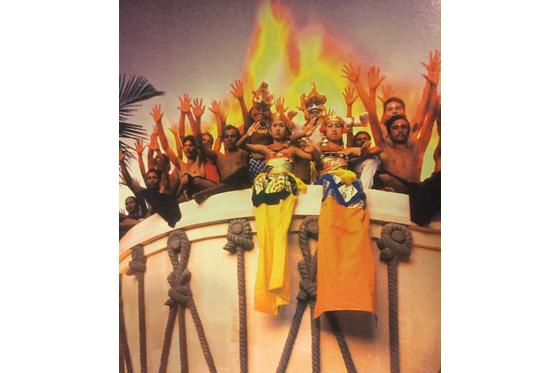Every hotel has a target market: Business travelers, families on a budget, free-spending luxury holidaymakers. In the ’90s, that kind of segmentation was going one step further: theme hotels, built around a concept that manifests everywhere on the property – like a re-imagined Mayan temple’s palm-studded grounds and temple centerpiece (even if the temple has a water slide attached).
In HOTELS’ February 1999 issue, theme hotels were gaining ground and broad-based appeal. Hard Rock Café, the chain of rock-themed restaurants, had just opened its first hotel in Asia. Its Bali hotel sported a giant drum that could seat upwards of 20 locals in native dress. House of Blues hotel in Chicago offered funky carpeting, a blues CD on check-in and outsider art. Next door was the nightclub that offered restaurants, music stages and a bowling alley.

Both companies were aiming for upscale travelers willing to mix lodging and entertainment in the same package. “Why not offer somebody an experience as opposed to just a room?”
The Atlantis resort on the Bahamas’ Paradise Island straddled historical authenticity and awe-inspiring resort trappings by offering 30 on-site specialists who served as walking encyclopedias of the myth of the sunken continent, and a few amenities that probably never existed there, like the water slide that has participants shooting through a tube that cuts through a shark-infested lagoon.
Then there were a couple of companies that wanted to turn a Las Vegas hotel into the World Wrestling Federation Hotel and Casino, which promised live appearances by wrestlers “and the ambiance one would expect from purveyors of televised, choreographed mayhem,” the story wryly noted.
“It’s a real fine line between being authentic and being hokey,” one marketer said.
